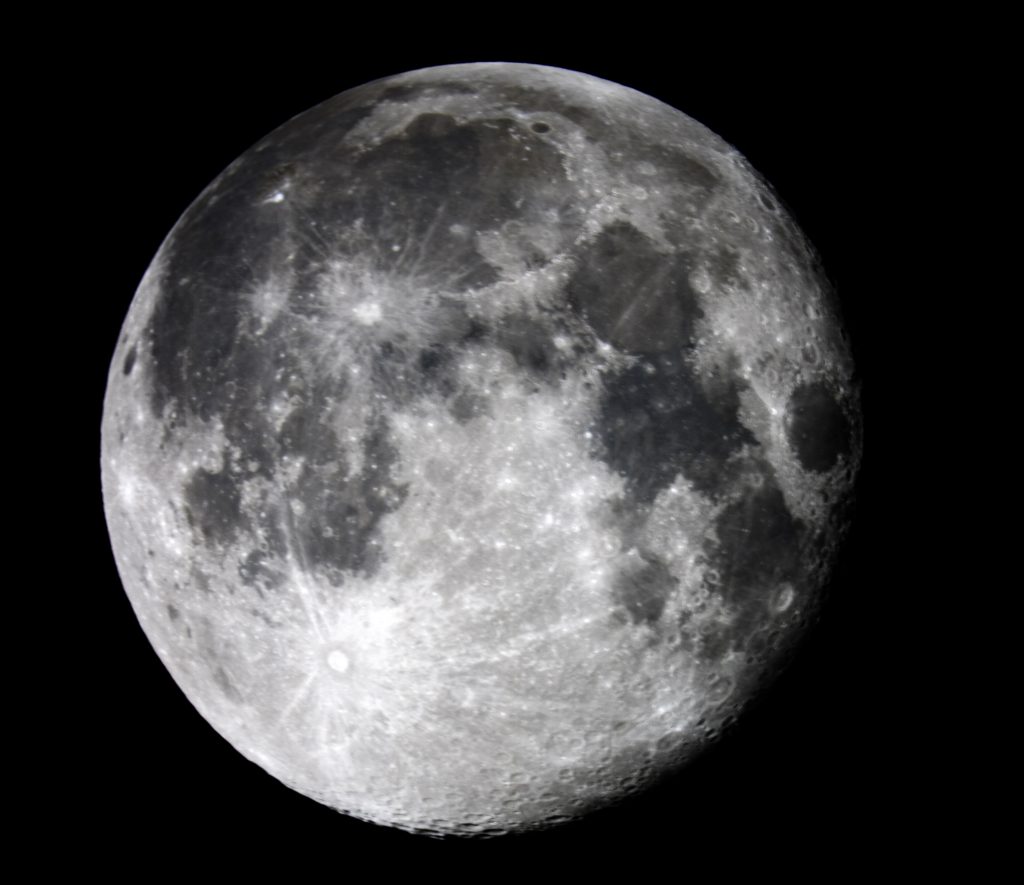
Similar Posts

Markarian’s Chain
This is actually only a portion of a string of galaxies that make up the Virgo supercluster of galaxies, around 50-60 million light-years away.

Early-morning planetary imaging
We recently obtained a new telescope for observing the planets, and we had our first good conditions for planetary imaging this morning! This is the best image of Jupiter I’ve ever gotten, and I’m hopeful that it will be even better once it gets closer to Earth in a couple of Months. Saturn’s not looking…

Bode’s Galaxies (Again)
Seems I revisit this pair of galaxies, 12 million light-years distant, every year. Although they are close and bright as galaxies go, they are challenging targets for imaging – especially if you are trying to pull out the faint jets spewing out of the Cigar Galaxy on the right. This image represents over 25 hours…

Coma Berenices Galaxy Cluster
AKA Abell 1656. There are tens of thousands of galaxies in this portion of the sky; almost everything in this image is an entire galaxy filled with hundreds of millions of stars. Whoah. And they’re hundreds of millions of light-years away. Click and zoom in to explore them all.

NGC 3344: Another obscure, isolated galaxy
Here’s another galaxy with no nearby neighbors, and no catchy nicknames either: NGC 3344. It’s about 22.5 million light-years away within the constellation Leo Minor. Although it doesn’t get the love it deserves, it’s a glorious face-on barred spiral galaxy that’s about half the size of our own Milky Way. Explore the space around it,…

The “Christmas Star?” Not really.
On December 21, 2020, something really special happened in the sky: Jupiter and Saturn had an approach so close that it only happens every 800 years or so. They were so close in the sky that to the unaided eye, they looked like a single, bright star. This led many to proclaim it to be…

